On Friday, August 22 our class went on a field trip to Mauthausen Concentration Camp which turned out to be one of the most disturbing, intense experiences of my life. We arrived around 10:30 in the morning, after driving through the rural Austrian countryside. The camp is located high up on a hill, overlooking a town and dotted with farms and houses all around the area, surprisingly close by. The camp was built shortly after Austria was annexed by Germany in 1938 and lasted seven years being one of the last camps to be liberated (by the US army on May 5th, 1945.) Seeing the plaque dedicated to the batallion that liberated this camp made me feel proud to be American, which is something that sadly I haven't felt for awhile ( while America's tendency to interference in other country's affairs has done a great deal of good, my generation's experience of it has seemed to be mostly negative in terms of our current situation.)
At first we walked around and Kathy showed us all the memorials built by countries from all over the world in remembrance of Holocaust victims. One of the most memorable was this big statue of a person with a sort of slide-like design coming off it and this was in remembrance of all the children who lost their lives and childhoods here in Mauthausen. As a class, we walked down a rocky path which turned into a steep staircase made of stone that seemed to go on forever. These stairs lead to the bottom of a huge granite quarry where the prisoners were put to work. Being assigned to the quarry was basically a death sentence, the average amount of time a prisoner lasted the11 hour work days while malnourished was 3-4 weeks. They were forced to walk up and down these stairs all day long carrying incredibly heavy loads of granite while being malnourished and ill-equipped (some barely had shoes on). The SS men would monitor their work and sometimes would play sick and cruel jokes on the prisoners, such as pushing someone at the top to create a dominoe effect all the way down the stairs where men fell to their death. Also, the SS would send vicious attack dogs on the men to make them move faster, 'herding' the imprisoned as though they were sheep. One of the most horrific stories I heard was later when we were watching the video, and the SS made a group of Jewish men line up at the top of the quarry and each one had to push the peson in front of him off, sending eachother to their deaths. I spent some time at the bottom of the steps in the now grassy field where these aweful scenes once took place. The field seems so peaceful with wildflowers growing and a pond of water to the side of the rocky cliffs. I wrote in my journal and tried to prepare myself for the information I would soon receive on the guided tour.
On the tour we learned that Mauthausen was a labor camp as opposed to a death camp (such as Auschwitz) but the motto here is 'death by labor.' Over 100,000 men, women and children perished here during the years of the Nazi regime (although until the last year or so it was mostly inhabited by men who were exploited for labor in the granite quarry.) All types of people were sent to Mauthausen, including Polish, Russian, and Eastern European Jews (who were considered by the Nazis to be 'sub-human'), political prisoners such as Communists and Social Democrats who opposed or threatened the Nazis, and societal outsiders such as prostitutes (who were employed by the camp to 'treat' or motivate the prisoners to work efficiently), homeless people, gypsies, Spanish citizens sent by Franco, homosexuals, Jehova's Witnesses, and of course the Jewish. There were hierarchies within the prisoners to create conflict and suppress any possible organization or inner-camp uprisings. Prisoners of Austrian and German decent were at the top of the hierarchy, and some who chose to capitalize on this opportunity were called Carpuls. They acted as watchdogs and at times, were just as brutal as the SS in order to gain special priveleges and small luxuries.
On our tour, we walked all around the camp. We were shown the barracks where the prisoners slept, the gas chamber, creamery, the hospital where doctors performed 'experiments' basically torturing prisoners to death, and the memorial rooms where all the families of prisoners who were executed have come to leave plaques or pictures in their relative's place of death. The whole experience was really overwhelming and a lot to take in. Especially when we were shown the gas chamber and creamery, I was completely overtaken with a kind of grief that was past being emotional and crying. It was almost as though being there, hearing the information and statistics where so far beyond my realm of comprehension based on my reality that it was hard to process. I was really sad but it went beyond that. In one month alone: April of 1945, 10,000 prisoners were mass executed because the war's end was nearing and the Nazis began to mass exterminate everyone in their camps: men, women, and children.
No matter how much I have learned in past history classes, nothing could have prepared me for my experience at Mauthausen. Theres a difference between seeing pictures in a book or being lectured at by a professor, and walking on the very soil where these atrocities took place. Im glad we went to Mauthausen as a camp, because it has given me a more in depth, first hand perspective at what went on behind the walls of concentration camps, and I believe they serve a positive purpose to help people understand, remember, and hopefully prevent such events from occurring in the future. To conclude this entry, I want to add a quote from a declaration of all nations with citizens imprisoned in Mauthausen, written by former political prisoners:
' We will keep the international solidarity of the camp in our memory and draw out of it the memento that:
We shall march a common road,
the road of indivisible liberty,
the road of mutual respect,
the road of cooperation on the great work,
of reconstructing a new, free world,
just to everybody.
Remember for the deathly sacrifices of all nations, remember for the blood shed, the millions of Brothers slaughtered by Nazi fascism, we vow never to abandon this road'
I think this is the quintisential mentality behind the memorialization of the death camps, which I believe serve a beneficial purpose to mankind, and especially the generations to come who are farther removed from this era.
Wednesday, September 3, 2008
Subscribe to:
Post Comments (Atom)
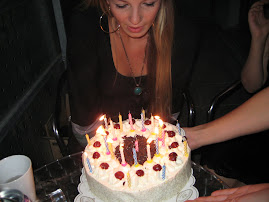

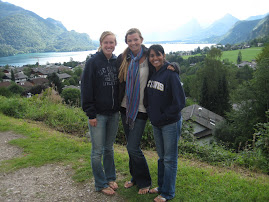
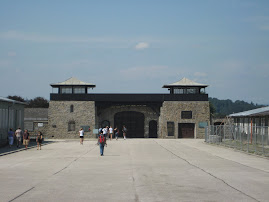
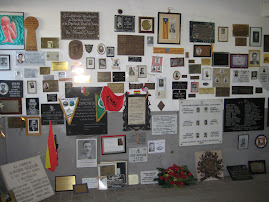
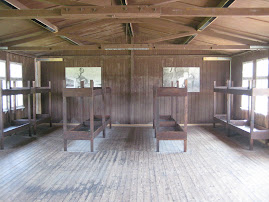
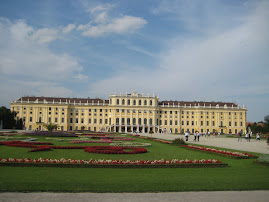
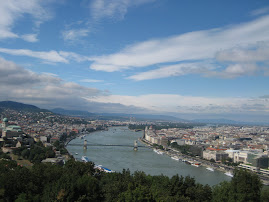
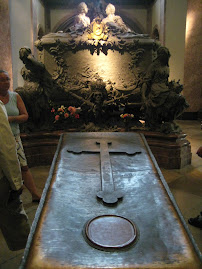
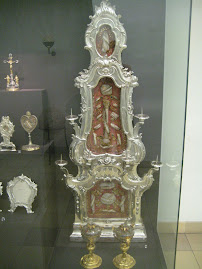
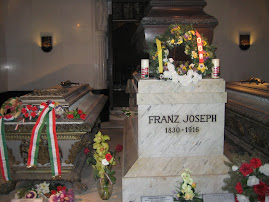

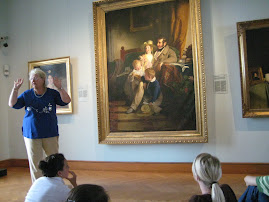
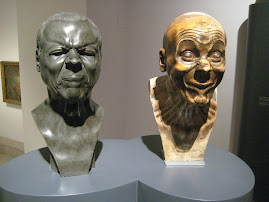
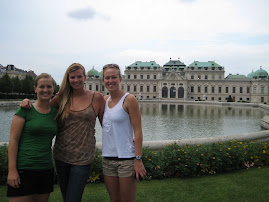
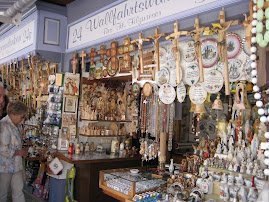
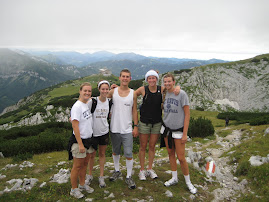
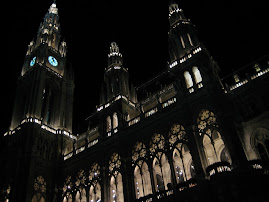
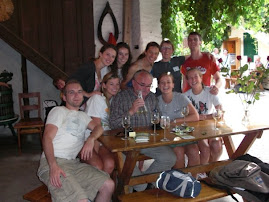
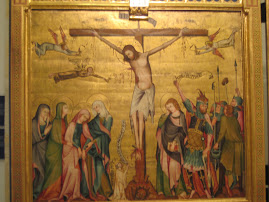
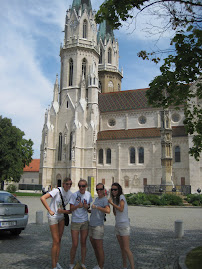
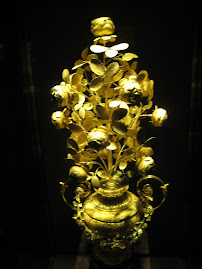
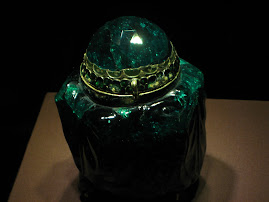
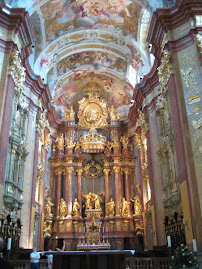
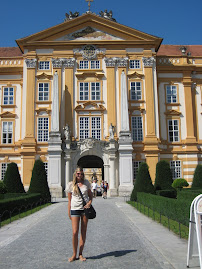
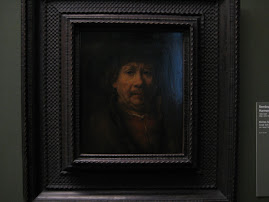
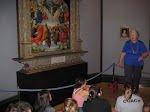

No comments:
Post a Comment